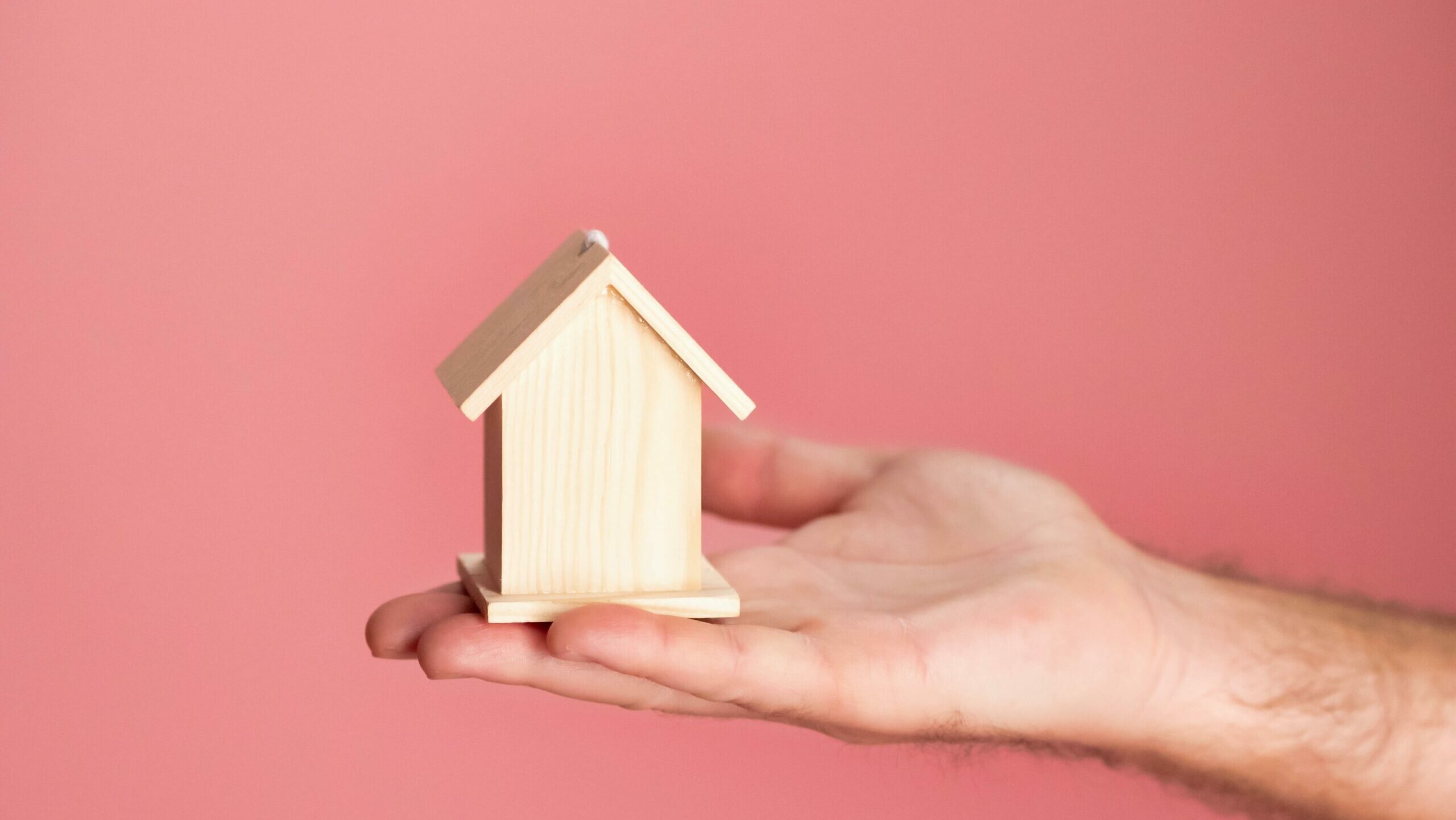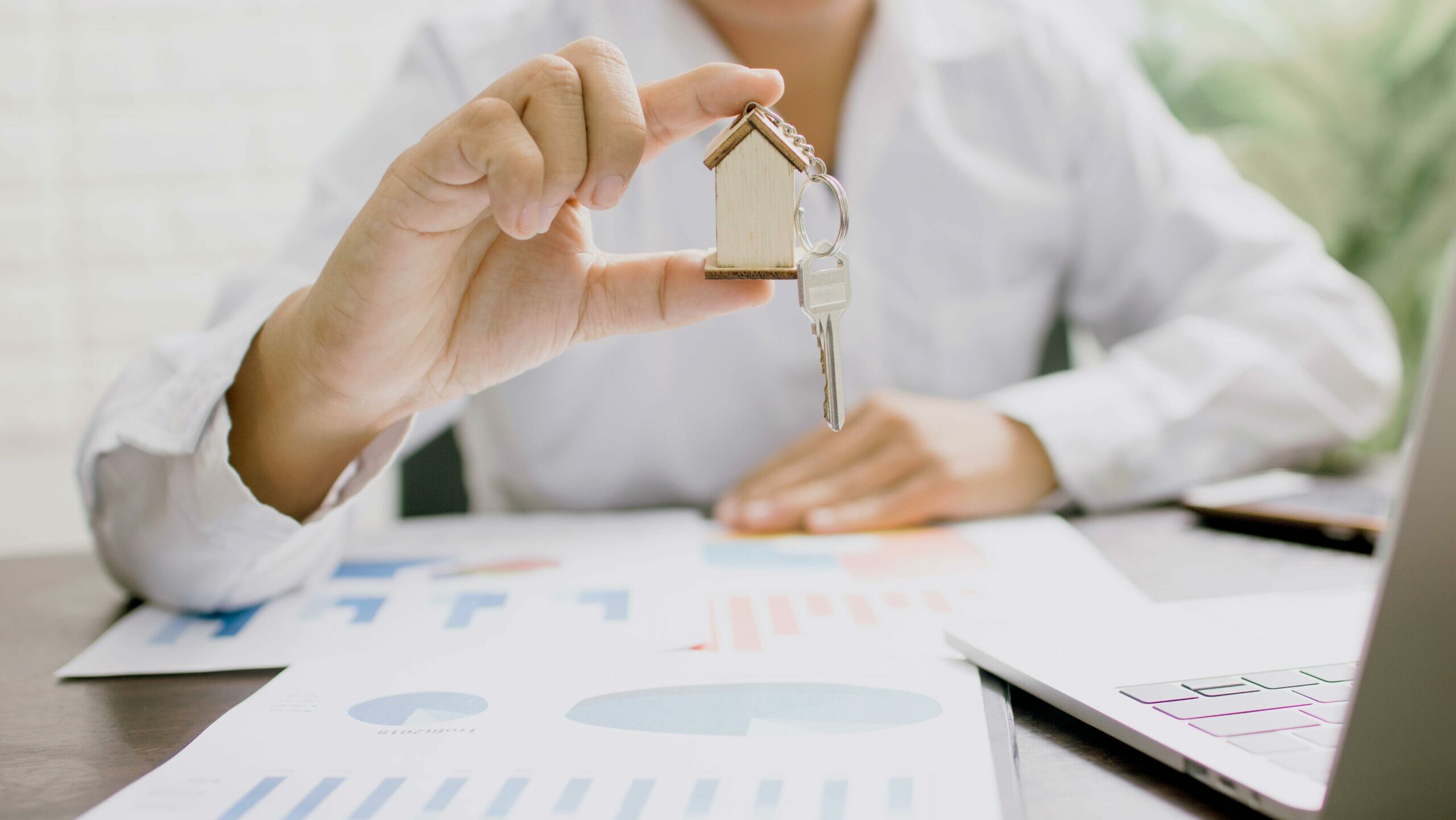Eco-Friendly Workspaces: How to Work Without Wrecking the Planet
Okay, let’s be honest.
You’ve probably seen the articles: “Create a zero-waste office!” or “10 Ways to Make Your Workspace Sustainable!”—usually written by someone with a $3,000 ergonomic bamboo desk, a minimalist aesthetic, and 14 plants you know they’re overwatering.

But what about the rest of us?
People with mismatched furniture, a questionable office chair, and a daily battle against cable clutter?
The truth is: you don’t need a Pinterest-perfect office to have an eco-friendly workspace. You just need to care a little—and make a few low-effort, high-impact tweaks.
Let’s talk about it. No pressure. No preachiness. Just good habits and better vibes.
🌱 Step 1: Start With What You Already Have
Here’s your permission slip: you do not need to buy a bunch of “sustainable” stuff to be sustainable.
In fact, the most eco-friendly workspace is one that uses what you already own.
- That old desk? Keep it. Fix it. Paint it.
- Mismatched mugs and jars as pen holders? We love a scrappy queen.
- Office chair from Facebook Marketplace? Thrifted = eco win.
New ≠ better. Use what works. That’s already step one.
💡 Step 2: Save Energy Without Trying Too Hard
You don’t have to live in the dark with candles to reduce energy waste. A few easy wins:
- Use natural light as much as possible. Bonus: it boosts your mood and makes your skin look great on Zoom.
- Unplug devices at the end of the day—or get a power strip so you can turn everything off with one click.
- Use energy-efficient bulbs if you’re still rocking that weird yellow overhead light. They last forever and save you money. Win-win.
Eco-friendly = bill-friendly. We love to see it.
🧃 Step 3: Cut Down on Waste Without Becoming a Paper-Hating Purist
Let’s not pretend paper is the enemy—it’s helpful sometimes! But we can be a little smarter about it.
- Go digital for notes, documents, and receipts whenever you can.
- Reuse the back of printed paper for doodles, drafts, or angry letters you’ll never send.
- Recycle the stuff you’re done with—and actually make sure it goes in the right bin. (Yeah, that one.)
And if you drink a lot of coffee (hi, same), consider swapping your single-use cups or pods for something reusable. One small habit shift = hundreds less in the landfill.
🪴 Step 4: Add Plants (For the Planet and Your Sanity)
Yes, it sounds cliché. But plants really do make a difference.
- They clean the air (a little)
- They make you feel like your life is somewhat together
- They look cute on video calls
Start with low-maintenance ones like snake plants, pothos, or succulents. If you forget to water it for three weeks and it still survives? That’s your plant soulmate.
🚫 Step 5: Don’t Fall for Greenwashing
Just because something has a little leaf logo on it doesn’t mean it’s saving the rainforest.
Eco-friendly isn’t about buying eco-friendly stuff. It’s about being intentional. Do you need it? Will you use it? Could you borrow it instead?
Sometimes the most sustainable choice… is no purchase at all.
🧠 Step 6: Mindset Over Makeover
At the end of the day, creating an eco-friendly workspace isn’t about perfection. It’s about awareness. A little mindfulness goes a long way:
- Ask yourself: “Is there a lower-impact way to do this?”
- Choose better when you can.
- Be kind to the planet and to yourself.
Because honestly? Shame and overwhelm help no one. Start small. Stay curious. Progress > perfection.
💬 Final Thoughts: You Don’t Need to Be an Environmental Saint
If you’re working from a folding table next to a window with one sad succulent and a reusable water bottle—you’re already doing something right.
Eco-friendly workspaces aren’t about having money, time, or aesthetics. They’re about intention. Awareness. Trying, even a little.
And if every one of us made just a few better choices? That’s the kind of quiet, collective change that actually matters.







